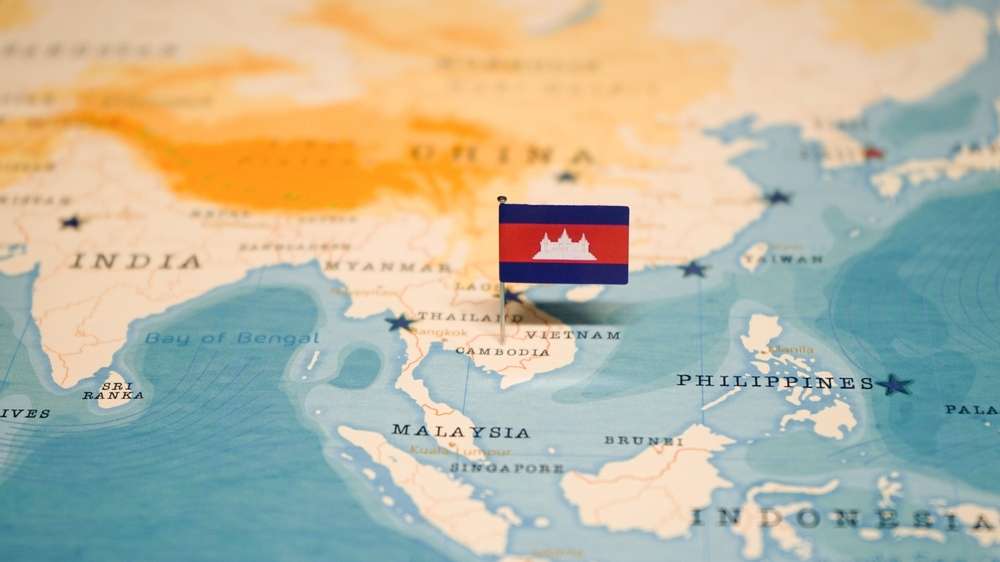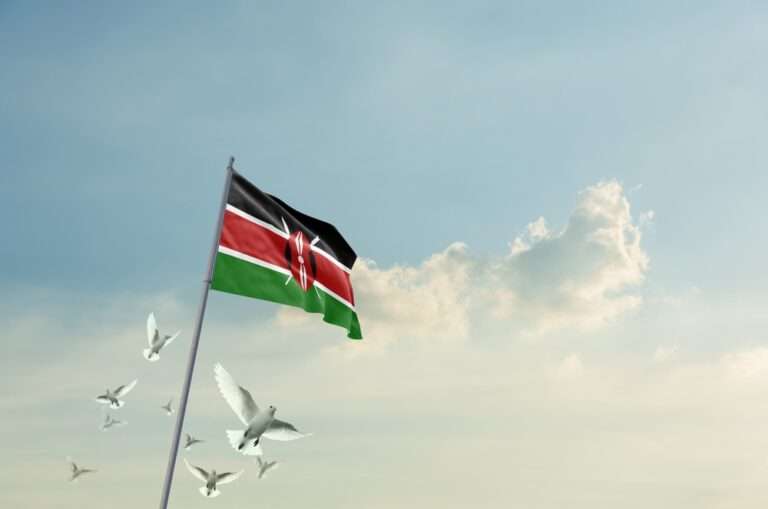
Cambodia is a nation of ancient beauties where history whispers through decaying monuments and vivid customs thrive daily. For those who like culture, this Southeast Asian treasure provides a remarkable trip into the core of a civilization that once dominated huge empires. Cambodia’s legacy monuments chronicle faith, craftsmanship, and resiliency, from the magnificent Angkor Wat to less well-known secret gems.
The Timeless Majesty of Angkor Wat
Seeing the majesty of Angkor Wat completes any trip to Cambodia. The biggest religious structure in the world, this UNESCO World Heritage Site is a magnificent combination of architectural brilliance and spiritual resonance. Originally devoted to the Hindu deity Vishnu, built in the 12th century by King Suryavarman II, it became a Buddhist haven.
Strolling beyond its soaring entrances, guests are met with elaborate bas-reliefs depicting historical wars and epic stories. Particularly stunning in the morning as the first golden light softly glows on the stone, the center towers climb like lotus buds against the heavens. Angkor Wat is a living tribute to Cambodia’s ongoing commitment and creative genius, not merely a ruin.
CAMBODIA VISA FOR ICELANDIC CITIZENS
The Enigmatic Smiles of Bayon Temple
From Angkor Wat, Bayon Temple—the mysterious center of the ancient Angkor Thom—is only a short drive away. Bayon radiates mystery and beauty; she is well-known for her huge stone faces. From its towers, over 200 calm faces stare down, said to depict both the Buddha and King Jayavarman VII, the temple’s founder.
Wandering around Bayon is like entering a historical maze. While finely carved depictions of everyday life in the Khmer Empire, narrow passageways lead to secret courtyards. The mysterious ambiance of the temple is enhanced by the way light and shadow dance across the aged stones. For those who like culture, Bayon provides a unique window into the former essence of Cambodia.
The Jungle-Clad Ruins of Ta Prohm
At Ta Prohm, a temple left much as it was found swallowed by tall silk-cotton trees and spreading roots nature and architecture interact wonderfully. Made well-known in Hollywood movies, this location’s surreal splendor invites creativity. Originally built as a Buddhist monastery, Ta Prohm was once a hive of learning and prayer.
Massive roots now slink across disintegrating walls to create a terrible yet beautiful image. The difference between artificial stone and unrelenting nature powerfully reminds one of time’s passing. Discovering Ta Prohm is like opening a secret where every corner reveals fresh beauty. Here, history seems alive, murmuring stories of the monks and artisans who once passed its corridors.
The Remote Beauty of Banteay Srei
Although Angkor’s great temples usually take the stage, Banteay Srei merits particular attention. Called the “Citadel of Women,” this 10th-century temple is a masterwork of Khmer sculpture. Far from the Angkor complex, its pink sandstone walls have some of the best sculptures seen in Cambodia.
Every inch of Banteay Srei relates to a narrative. Subtle portrayals of Hindu gods and floral ideas highlight the dexterity of bygone craftspeople. Banteay Srei seems personal, unlike the soaring Angkor Wat buildings, as if meant to be appreciated close by. It is a photographer’s delight as the vivid colors of its stone shimmer in the sunlight catch attention. This temple is unmissable for anybody looking for a closer link with Cambodia’s creative legacy.
The Living Heritage of Phnom Penh
Beyond the temples, Phnom Penh, the capital of Cambodia, presents another rich cultural encounter. The Royal Palace captures the nation’s Buddhist customs and continuing monarchy with its glittering Silver Pagoda. Inside the Emerald Buddha, a solid silver floor attests to Cambodia’s spiritual and regal past.
Not far off, the National Museum has an amazing collection of Khmer relics. Every item, from ceremonial trinkets to historic monuments, reflects a facet of Cambodia’s history. The busy marketplaces and riverfront promenades expose the vivid pulse of contemporary Cambodian life. Offering cultural buffs a whole range of activities, Phnom Penh links the past and current.
CAMBODIA VISA FOR IRANIAN CITIZENS
The Resilience of Cambodian Culture
The legacy of Cambodia goes beyond its tangible sites. The nation’s inhabitants flourish in everyday routines, celebrations, and dances. The traditional Apsara dance preserves old stories with elegant gestures and elaborate costumes. Local celebrations of local holidays such as Khmer New Year and Bon Om Touk (Water Festival) unite people in happiness.
Though its recent past casts shadows, Cambodia’s soul is still whole. Seeing its historical sites connects one with a civilization that has survived and thrived, not just with respect for ancient stones. Every temple, every sculpture, every grin from a local guide adds to the depth of the encounter.
A Journey Like No Other
For those who like culture, Cambodia is a voyage into the core of human inventiveness and resiliency, not just a place. The nation permanently shapes the spirit whether one is in wonder before Angkor Wat, lost amid Ta Prohm’s remains, or dancing to traditional music in a hamlet.
Cambodia’s historical sites are live chapters of a tale continuously being told, not just remnants from the past. Traveling to Cambodia is to see the magnificence of a civilization that has survived storms and emerged with its soul intact. Cambodia’s legacy sites are, therefore, absolutely must-sees for everyone who values history, art, and human connection.
Also Read: Ancient Wonders of Cambodia: From Angkor Thom to Preah Vihear



